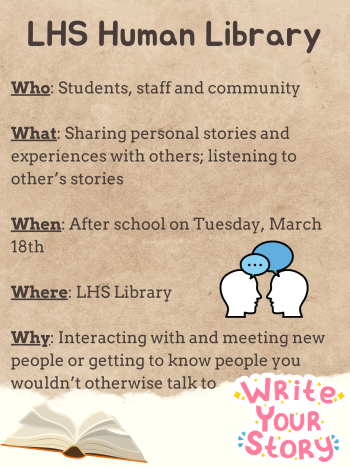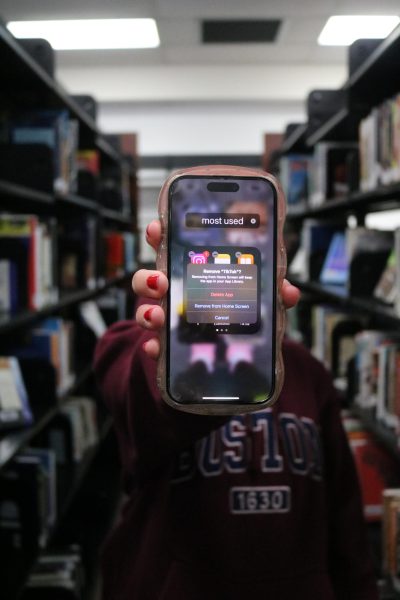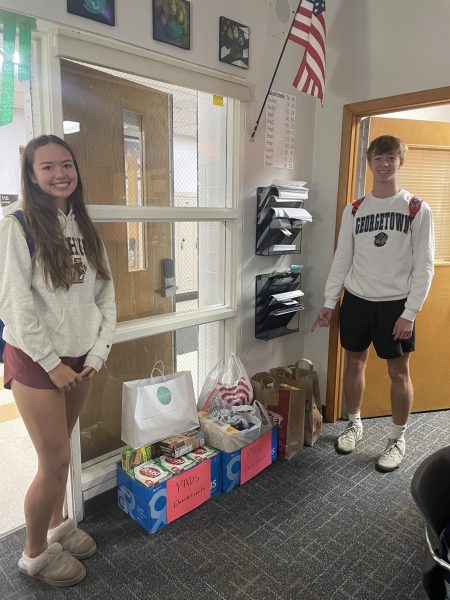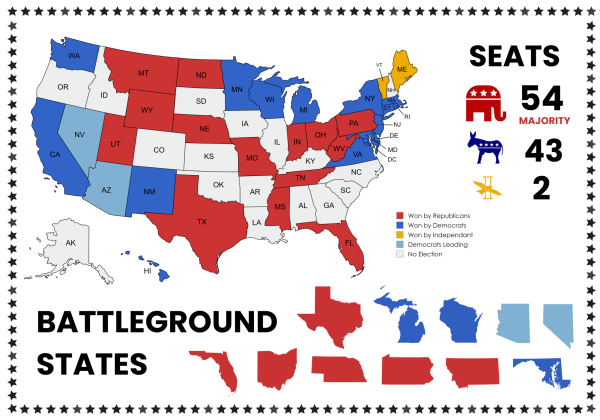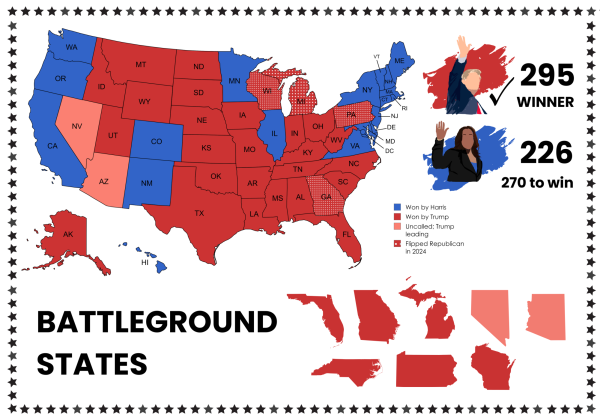Remembering 9/11
No students at LHS were alive for the destructive events of 9/11, they only read about it in textbooks. Mr. O’Neill is ensuring that students understand what really happened outside of a textbook page. His display case outside his room is filled with remembrances from 9/11 including a plethora of newspapers, photos, and artifacts from the months following the attack.
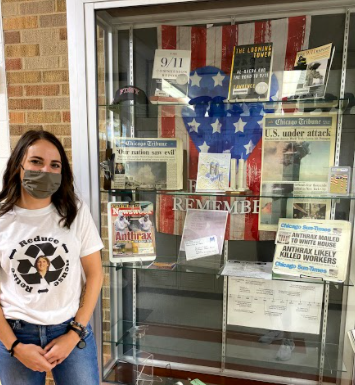
The Social Studies department is ensuring that the memories of 9/11 are not forgotten despite future generations unborn at the time of the attack. Mrs. Greenswag has worked diligently on a detailed timeline depicting Al Qaeda’s rise to power in the Middle East.
Mr. O’Neill shows evidence of the months following the attack through the many artifacts in the display case outside his classroom. Included in the display case are multiple newspapers with headers all based on the attack, a mini replica of the Towers, two books written about 9/11 and maps showing where the Twin Towers and the Pentagon were hit. By tying the past to the present, Mrs. Greenswag and Mr. O’Neill can show a broader picture of the day’s events.
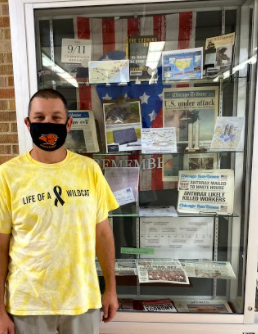
Mrs. Greenswag and Mr. O’Neill were not the only teachers to commemorate the twentieth anniversary of 9/11. All of the Social Studies department made efforts to have a conversation about this event in the classrooms Friday, September 10.
Students born after 2001 try to understand what it felt like that day, but imagination cannot compare to the many mixed emotions of that day. While Mrs. Greenswag stated that it felt like a “surreal dream,” Mr. O’Neill said he felt like a “dispassionate observer” helpless to what was happening in the country.
Both teachers were in their twenties when the attack occurred and both feared that Chicago would have the next smoking building to follow the Twin Towers that had been hit. The Sears Tower and buildings surrounding it were evacuated and schools in the surrounding areas went into a hard lockdown for fear of a strike.
The first tower was hit at 8:46 a.m. in the morning. It wasn’t until the second plane had crashed into the other tower at 9:03 a.m. that people realized this wasn’t just an accident.
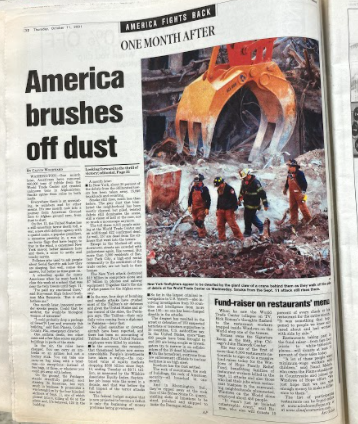
“People at first weren’t sure it was a planned attack. It seemed like maybe this was just an accident, but then we watched a live show as the second plane hit. It was this crazy moment of, ‘Oh no no no, this is intentional’. Someone is trying to destroy the symbols of American power and status,” Mrs. Greenswag said.
At that point, both teacher’s disregarded their prepared lesson plans. The day became filled with stories on the news, live coverage, the collapse of the towers, the third plane crashing into the Pentagon, followed by the chaos of those trying to escape the crumbling Twin Towers and first-responders trying to quell the flames and search for survivors in the rubble.
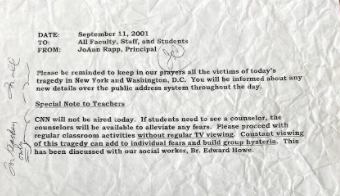
(Lauren Kern)
“There was just sort of this loop on the news of people running down the streets of New York City as these dust clouds are following them because then the buildings fell down right then after the collapse,” said Mrs. Greenswag, recalling the images on television showing the true damage done that day.
This catastrophic event, though it only lasted one day, has carried through history as a day to remember those who were lost and the first-responders who stepped up to the challenge of the attack.



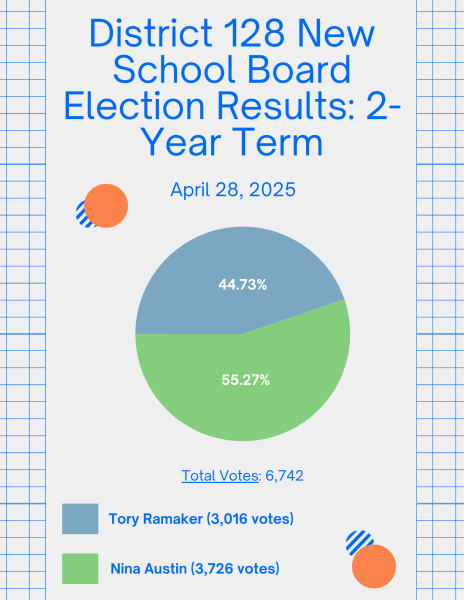
![Mr. Abullh Ali, manager/assistant, helps open Queen Yemeni Coffee in downtown Libertyville at 606 North Milwaukee Ave. With the help of employees such as manager and LHS senior Yousef Taha, they are able to bring the Yemeni and Ethiopian culture to Libertyville by using their Queen spices, cinnamon and cardamom in their drinks such as Adani Chai, which is inspired by Sheda, the Queen of Yemen and Ethiopia. “The history of our coffee [is] a long history and we believe that Yemen and Ethiopia started the coffee and we are bringing something unique to the community,” Mr. Ali said.](https://www.lhsdoi.com/wp-content/uploads/2025/04/Photo-1-600x400.jpg)
